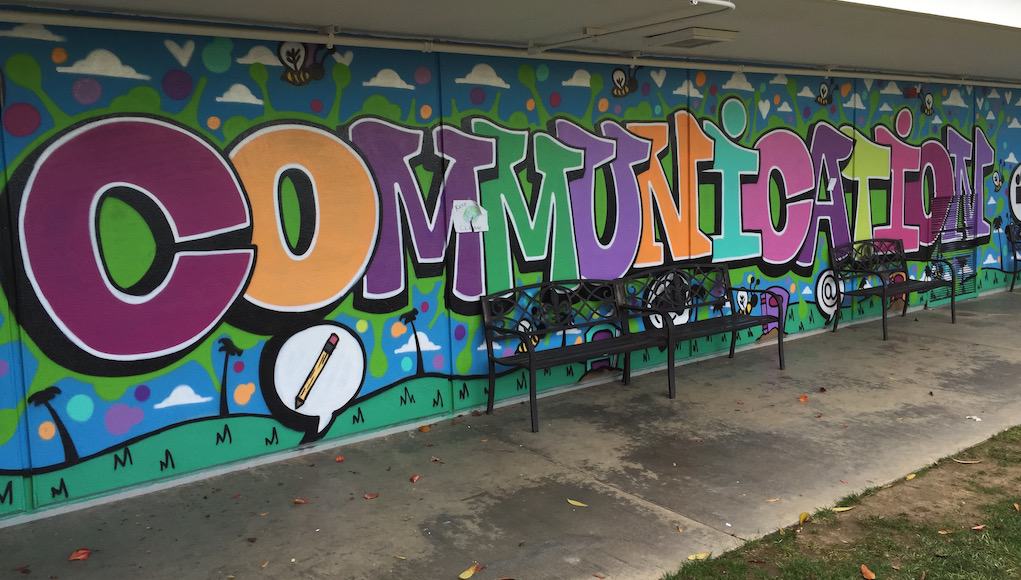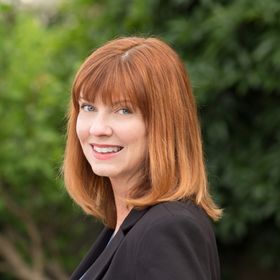New Message Manual to Improve and Create Consistent Communications in Education

It can be challenging to know the “right words” to use when discussing education these days. Even if you think you know just what you want to say, how you say it can make all the difference. Think about the last message you sent: a mission statement, an email to teachers or parents, a press release, a social media post… How would your words in that message need to change to reach a different stakeholder audience?
To help with this complex issue, the William & Flora Hewlett Foundation, with the help of Hattaway Communications, recently released Communicating a Shared Vision for Students and Education, a message manual designed to improve and enhance consistent communications about student success and educational equity. Through an aspirational narrative framework that can be modified and personalized to suit a variety of target audiences, the manual serves as a resource to inspire more impactful and effective communication throughout the field of education.
The Hewlett Foundation gathered the information contained in this manual through an exhaustive, eleven-month process of surveys, online and in-person interviews, and roundtable focus groups with teachers, parents, and civil rights and social justice leaders. A survey of 750 parents and 750 teachers was then conducted toward the end of 2018 to test the updated message language. With all of the data, they created a quick-to-read manual with fewer than 30 pages.
What makes this manual so user-friendly are the several steps provided, beginning with the Aspirational Narrative—essentially a sample mission statement for a general audience, crafted from “Winning Word” terms that were honed and tested throughout the research process. Following the Aspirational Narrative is a clear, simple-yet-detailed breakdown of the Winning Word phrases, what makes them work, and what similar language to avoid.
For example, the Aspirational Narrative refers to helping students “achieve their goals, whatever those may be”; the “Language to Avoid” breakdown explains that describing goals through narrow outcomes like “graduation” or “attending college” doesn’t promote student agency or leave room for students’ own goals. Likewise, the Aspirational Narrative promotes the statement, “Many schools don’t have the resources,” instead of accusatory phrases like, “Schools are failing,” which ignore systemic inequalities beyond individual educators’ control.
After explaining the foundations of the Aspirational Narrative’s language, the manual provides a framework for a “Build-Your-Own” model that uses short prompts and examples to help readers develop their own tailored narratives for specific organizations and target audiences. Then, however, the Hewlett Foundation takes its framework a step further.
Tailored sample messages are provided for a variety of organizations and audiences: Educators and School Leaders; Advocates and Policy Makers; Civil Rights and Social Justice Leaders; Parents, Organizers, and Community Leaders; Researchers; and Organizations Working Across Political Divides. Each tailored message includes thoughtful language for that audience’s needs and focus, and each message is followed by breakdowns of audience-specific language and why it should be used.
For instance, the Message for Advocates and Policy Makers begins with, “Today’s students are tomorrow’s voters, activists, and leaders,” while the Message for Parents, Organizers, and Community Leaders starts with, “Today’s children are tomorrow’s community leaders, voters, and parents.” These subtle changes in language are intended to emphasize the values of civic engagement and family support, respectively.
The benefit to this mindful, use of language is that it aims to create a level space for problem-solving and decision making within education. If the words in policies and press releases are intended to guide how children are educated, supported, and seen in this country, then shouldn’t we treat those words with the utmost consideration? By laying a foundation of research-based, inclusive, effective language to use across the educational field, the Hewlett Foundation aims to do just that.
For more, see:
- Deeper Learning For All: The Equity Agenda in Louisville
- Deeper Learning: What We Know So Far
- Why Communication is Critical for Personalized Learning Success
Stay in-the-know with innovations in learning by signing up for the weekly Smart Update.






0 Comments
Leave a Comment
Your email address will not be published. All fields are required.